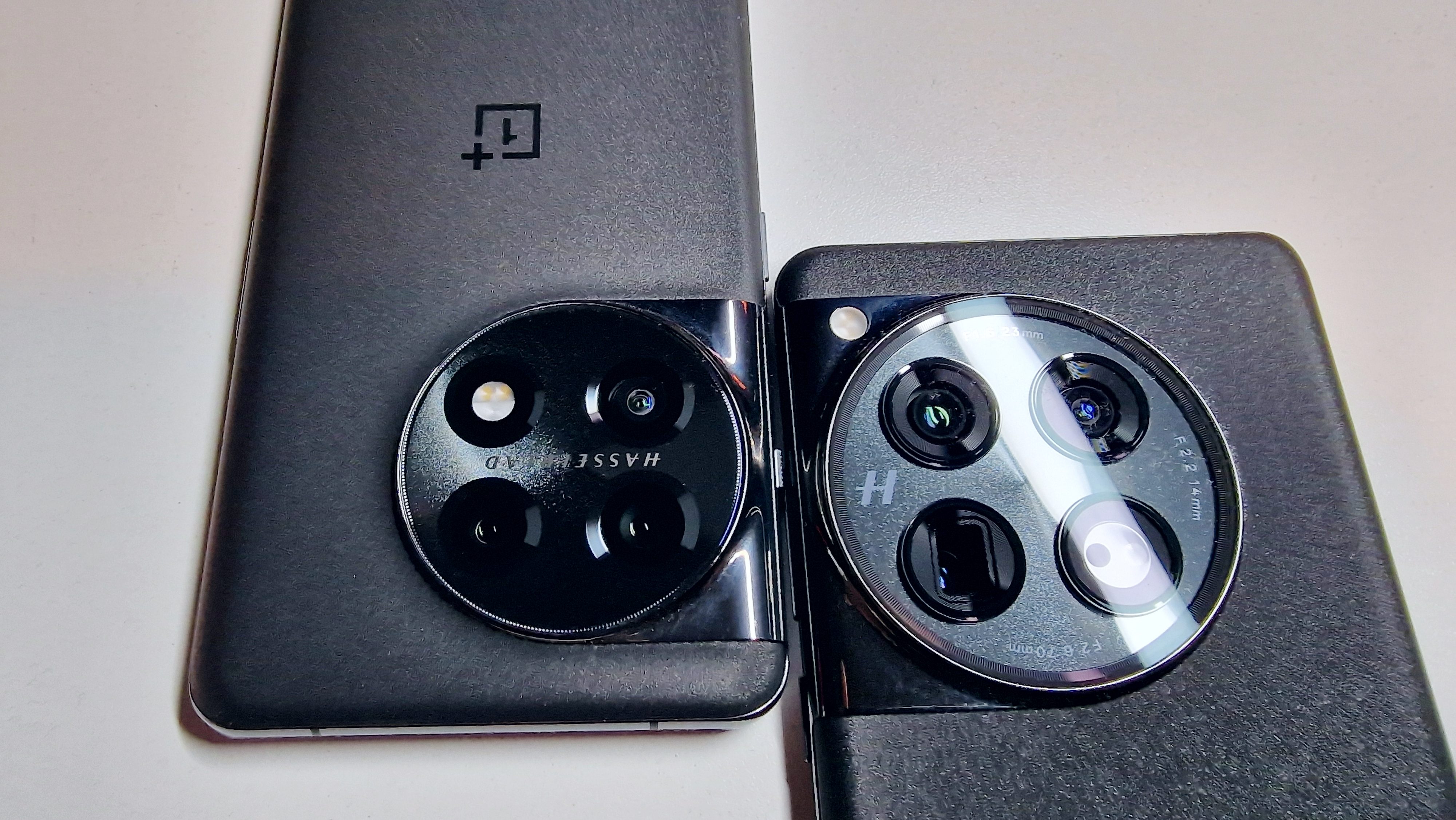Keeping your phone till it dies has got a whole lot more difficult lately, right? Hardware has reached a point in recent years where for once, it’s more likely that you’ll get bored of your phone long before you kill it and phone companies are starting to steer into this, admittedly positive, skid.
That is, unless you are OnePlus. The relatively recent phone launches from Samsung and Google have introduced seven years of Android updates to the flagship norm. But OnePlus isn’t joining the party quite yet. The OnePlus 12 launched with support for only four years of major Android updates but, contrary to belief, this might actually be a good thing.
Sticking to its roots

Since its inception, OnePlus has consistently towed the line of high performance without a high price. While its prices have creeped up over the years, it still produces phones that can nip at the best Android phones like the Samsung Galaxy S24 Ultra all without a bank-breaking price. The OnePlus 12 continues this trend, and from what I can tell, it makes it all the more enticing.
OnePlus loyalists will often boast of their phone’s capability to match, or even surpass, the quality of its rivals from Samsung and Google, not to mention iPhone. It’s this near cult-like drive for superiority that arguably makes OnePlus’ call to have a reduced lifespan on the OnePlus 12 one of its best decisions yet.
See, with great lifespans, come great boredoms, to badly rephrase an iconic quote. Although this isn’t something that’s necessarily true for all phone users, it’s definitely true for phone lovers, which OnePlus users usually are. The data also supports this: in a UK survey by YouGov, 62% of people said they only expect to use a phone for up to four years. In the US, data from Statista suggests people are changing their phone on average every two to three years, and these aren’t just the OnePlus lovers, this is everyone.
So why would people need seven years of Android updates? Sure, it will serve those who simply choose not to change their phone until it is broken in a way the OnePlus 12 won’t, but, is that the majority right now? I think not.
Finding opportunities

As ever, there is a small but malleable gap in the smartphone market that OnePlus has cleverly woven its way into. The OnePlus 12 takes the best bits of some of its key rivals such as the Galaxy S24 Ultra and Xiaomi 14 and reworks them to their own model in a way which, arguably, could make you want to spend four years with it, rather than needing to to ensure you get your money’s worth.
The OnePlus 12 features the Qualcomm’s Snapdragon 8 Gen 3 as standard, something which isn’t the case globally for the Samsung Galaxy S24, it has a camera system made in collaboration with Hasselblad to create an improved, yet recognisably OnePlus snapper suite, much like Xiaomi have done with Leica, and it surpasses the both of them in both battery size and charging speeds. That’s before you even consider the advanced cooling tech and battery maintenance engine featured in the OnePlus 12 to help keep it at top performance for longer.
Of course, as you’d expect, the OnePlus 12 does all of this, and still comes in at arguably great value. The basic 12GB RAM 256GB storage model of the OnePlus 12 is £849/$799.99, while the Samsung Galaxy S24 with only 8GB RAM and 128GB storage comes in at £799/$799. So for only £50 more – or absolutely no difference if you’re in the US – you can get more RAM, more storage, and specs that either match or beat the phone which is supposedly the best phone right now. So fundamentally, why wouldn’t you go OnePlus?
Looking forward

Don’t get me wrong, seven years of updates is huge. If you can’t afford a new phone, that amount of Android updates will mean there’s all the more reason to look towards the refurbished phone market. It will add resale value to old devices, which will not only improve your bank balance but it will also give people fewer reasons to simply throw out their old phone, reducing electronic waste.
Okay now the environmental bit is mentioned, from a phones point-of-view there is one clear other side for diehard phone lovers, as fundamentally, seven years is a very long time in the tech world right now.
Right now phone advancements have picked up pace again, partly thanks to advancements in AI, yes, but also simply down to the sheer number of improvements we’re seeing in both the hardware and software devices are using. Seven years will simply leave you a long way behind everyone else, with a phone that could well be on its last legs, and a phone bill that will have seen one – or maybe six – too many yearly price increases. And nobody wants that, especially not true phone-lovers; four years however, might just be the sweet spot.




















+ There are no comments
Add yours